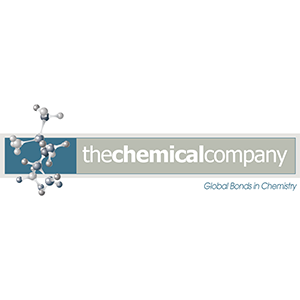Tartaric acid is a white crystalline diprotic organic acid. The compound occurs naturally in many plants, particularly in grapes, bananas, and tamarinds. It is also one of the main acids found in wine.
Tartaric acid can be added to food when a sour taste is desired. It is also used as an antioxidant. Salts of tartaric acid are known as tartarates. The chemical is a dihydroxy derivative of succinic acid.
Tartaric acid is found in cream of tartar and baking powder. The chemical compound is used in silvering mirrors, tanning leather, and in Rochelle Salt. In medical analysis, tartaric acid is used to make solutions for the determination of glucose.
With one week lead-time, TCC ships Tartaric acid in 25kg bags, and 1,000kg supersacks throughout the continental United States.
Specifications
Tartaric Acid Spec TCC – Click Here To Download
Shipping Information
TCC’s Tartaric acid is available for shipping throughout the continental United States with one (1) week lead time. Please call (401) 360-2800 for details. Tartaric acid is available in 25kg bags and 1,000kg supersacks.



